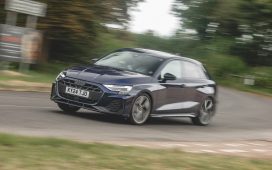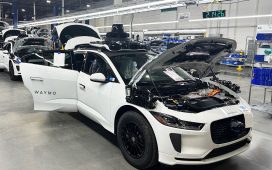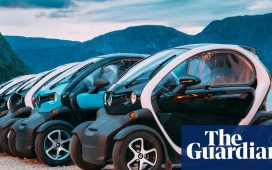Between 2022 and 2023, an increasing number of countries proposed policies to accelerate the transition to electric cars.
In the European Union, the regulation mandating zero tailpipe CO2 emissions for new cars and vans sold from 2035 onwards has been fully approved and will soon enter into force. Euro 7, a new emission standard applicable to all cars and vans, has also been proposed by the European Commission. It will ensure that emission testing conditions are more representative of real life, including increasing the scope to cover braking and microplastics emissions, extending the compliance period for in-use vehicles, and regulating EV battery durability. In addition, a proposal to add a separate Emissions Trading System (ETS) that would include road transport emissions has been formulated.
In August 2022 the United States launched the IRA, which provides tax credits for domestically manufactured EVs (see the Global EV Outlook for more information). Additionally, in April 2023 the US EPA announced new emission standards for vehicles. These emission standards are anticipated to bring substantial health benefits, while also accelerating the shift towards EVs and stimulating the advancement of CO2 mitigation technologies in internal combustion engine vehicles.
In addition, large and growing car markets such as Indonesia and India, where electric car uptake has been limited to date, are increasingly introducing policies such as tax exemptions for electric cars, equipment and parts, alongside purchase incentives and deployment targets.
Technical and financial assistance to Emerging Market and Developing Economies to accelerate the transition to electric mobility is ramping up. One prominent example of such efforts is UNEP’s Global Electric Mobility Programme, in which assistance is being delivered at sub-national, national, and regional level to over 50 countries, 27 of which are being funded by the Global Environment Facility (GEF-7) partnership to accelerate electric mobility.









